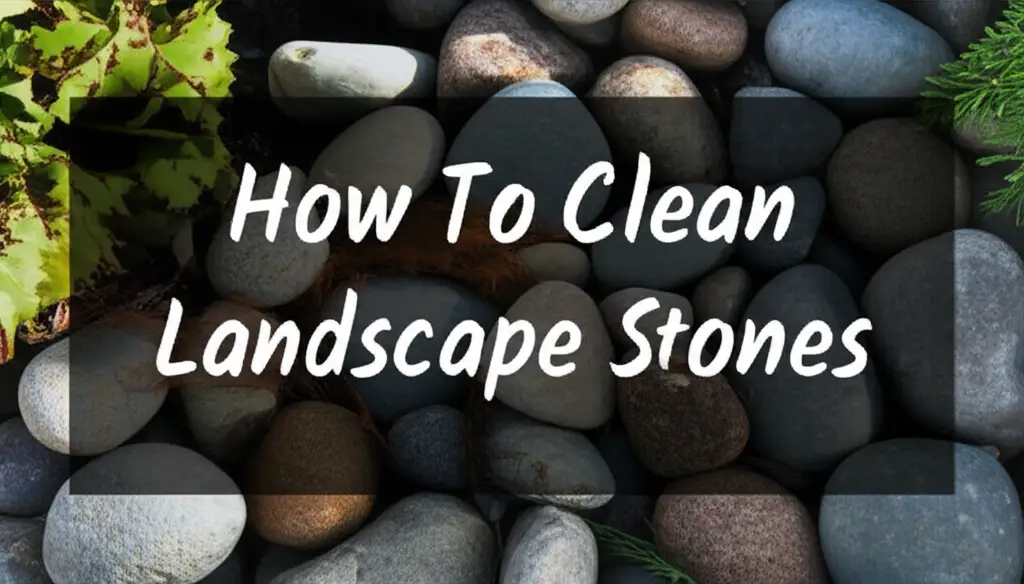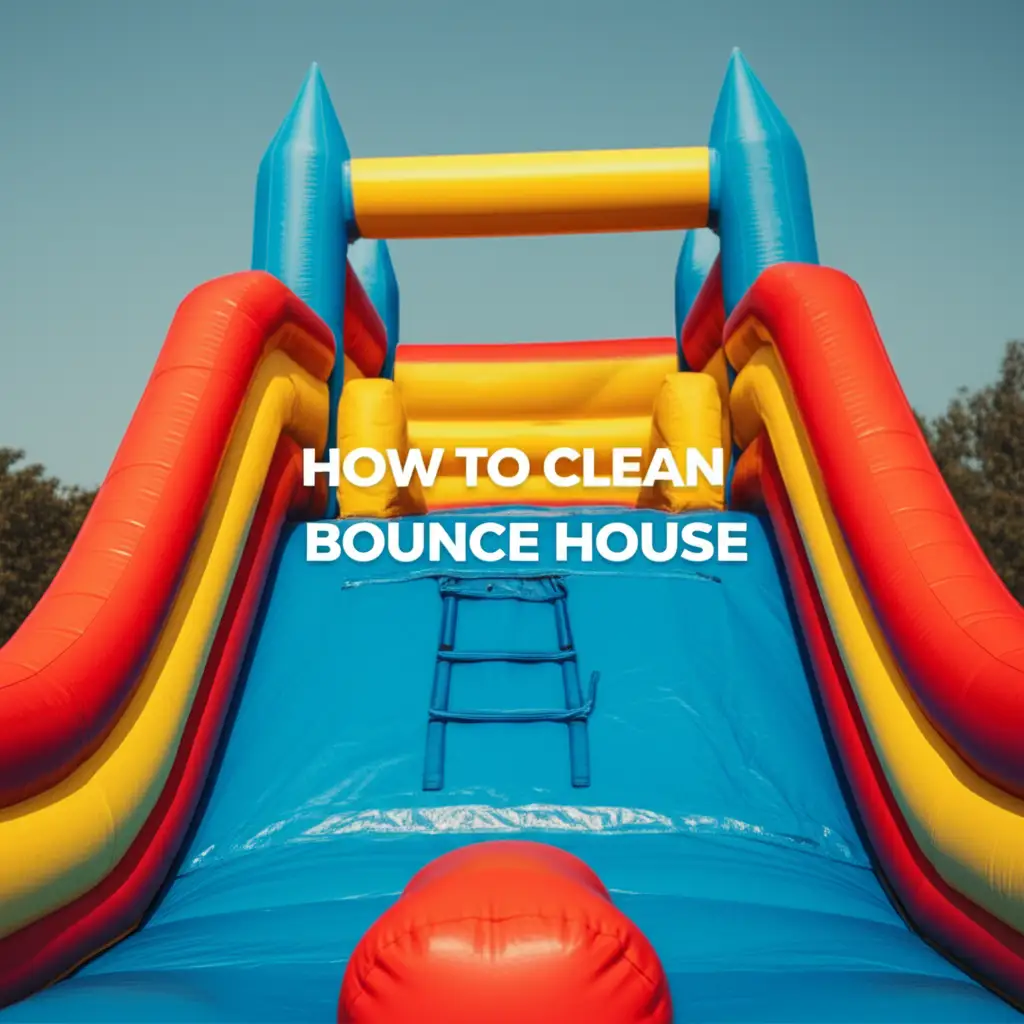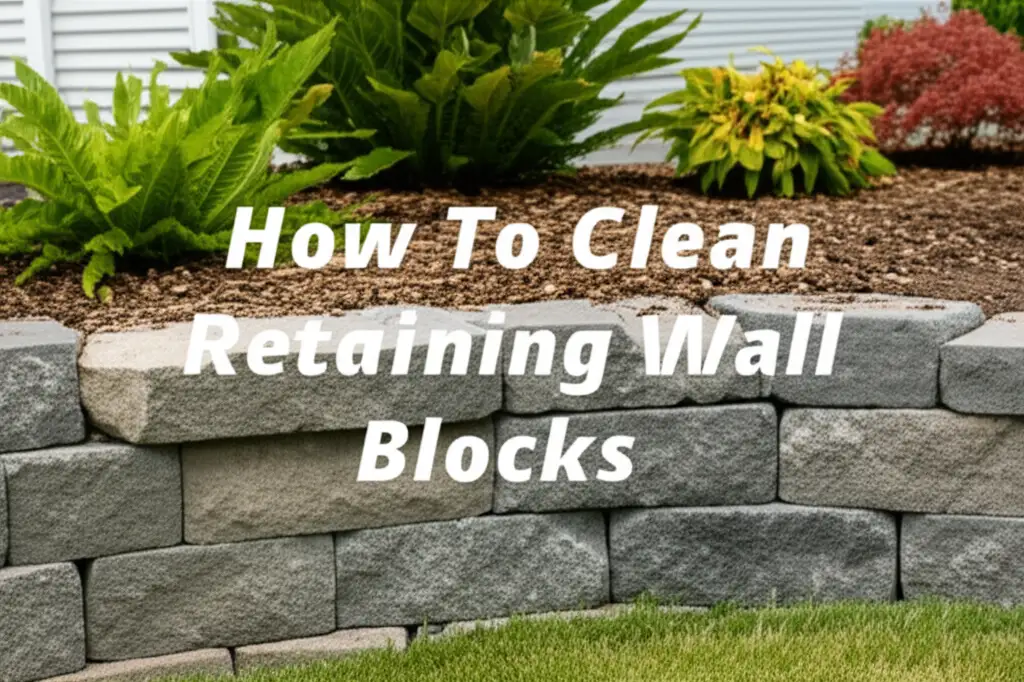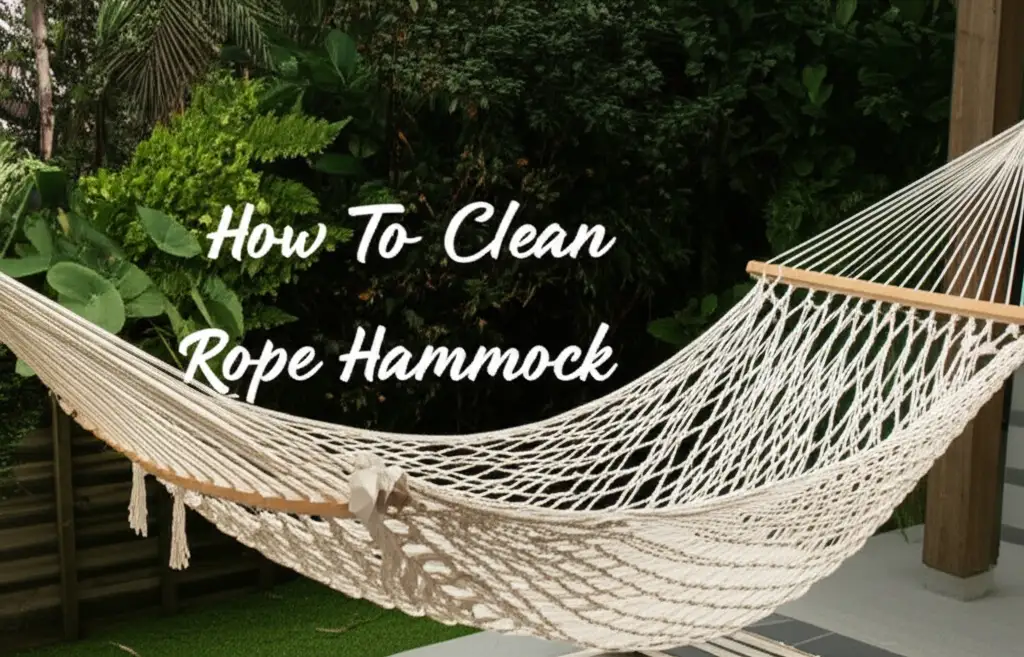· Outdoor Cleaning · 13 min read
How To Clean Artificial Grass
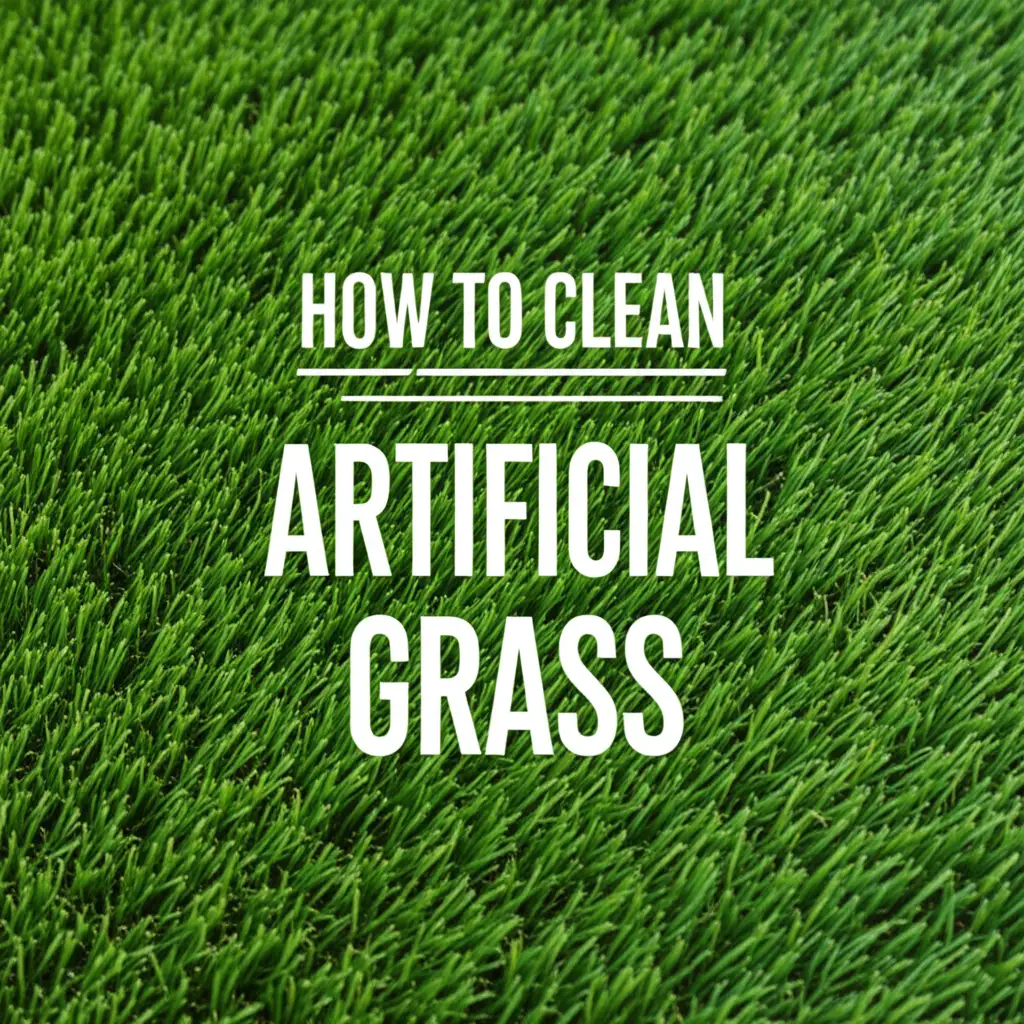
Keep Your Turf Pristine: How To Clean Artificial Grass
Introduction
Welcome to your guide on maintaining a beautiful artificial lawn. Artificial grass offers a green look with less effort than natural grass. People choose it for its consistent appearance and reduced water needs. However, even synthetic turf needs regular care to look its best. Dirt, debris, and pet waste can build up over time. This article will show you exactly how to clean artificial grass, keeping it fresh and inviting. We will cover routine cleaning, dealing with tough stains, and managing pet odors.
Takeaway
Keeping your artificial grass clean involves simple steps for lasting beauty.
- Brush and rinse regularly to remove debris.
- Address spills and pet waste quickly.
- Use mild cleaners for stains and odors.
- Perform deep cleaning for a refreshed appearance.
Answer to Main Query
Cleaning artificial grass involves routine brushing and rinsing to remove debris and pet waste. For stains, use a mild soap and water solution. For odors, apply specialized turf deodorizers or a vinegar solution. Regular care keeps your synthetic lawn looking its best.
The Basics of Routine Artificial Grass Cleaning
Maintaining your artificial grass regularly keeps it looking new. Routine cleaning stops dirt and debris from building up. This simple care also helps the grass blades stand upright. Neglecting routine steps can flatten the turf and make it appear worn.
You do not need many tools for daily care. A stiff-bristle broom, a leaf blower, or a plastic rake works well. A garden hose is also essential for rinsing. I find a broom with synthetic bristles works best for lifting the pile.
To begin, remove loose debris. Use a leaf blower to clear leaves and small twigs. You can also use a rake or broom for this step. Next, brush the artificial grass against its natural grain. This action helps lift the fibers. It prevents matting and restores the grass’s fluffy look.
After brushing, rinse the entire area with a garden hose. This washes away dust and small particles. A light rinse is often enough for general dirt. Regular rinsing also prevents the accumulation of fine dust that can make the turf look dull. I suggest doing this once a week or every two weeks, depending on how much activity your lawn sees. This simple routine keeps your artificial grass looking its best.
Dealing with Common Debris and Organic Matter
Artificial grass might not grow, but it still collects outdoor elements. Leaves, twigs, and general dirt can settle on the surface. If left there, these items can break down and create a breeding ground for unwanted growth. Prompt removal is key to keeping your turf clean and healthy.
Use a leaf blower or a stiff broom to sweep away loose debris. For smaller, embedded dirt, a vacuum cleaner designed for outdoor use can be effective. It helps pull out fine particles that brushing might miss. Make sure the vacuum is suitable for outdoor environments and can handle turf fibers.
Sometimes, moss or algae can appear, especially in shady, damp areas. This happens because moisture gets trapped. To prevent this, ensure proper drainage beneath your turf. If you spot moss or algae, mix water with a small amount of household bleach or specialized artificial grass cleaner. Apply this solution with a spray bottle to the affected areas. Let it sit for a few minutes, then scrub gently with a soft brush. Rinse thoroughly with water afterwards. For more stubborn growth on plastic surfaces, you might find tips on how to clean mold off plastic. This helps ensure your turf remains free of unwelcome green patches.
Regularly checking for these growths prevents them from taking over. Keeping the grass free of large debris also reduces moisture retention. This proactive approach helps your artificial lawn stay vibrant and clean.
Tackling Pet Waste and Odors on Synthetic Turf
One of the biggest concerns for artificial grass owners with pets is managing waste and odors. Artificial turf drains well, but pet urine can leave a smell if not treated. Prompt cleaning makes a big difference. Addressing pet waste quickly keeps your yard fresh and hygienic for everyone.
For solid pet waste, remove it immediately using a bag or scoop. Do not let it sit on the turf. After removing solids, rinse the area with a hose. This washes away any remaining residue. Use a good amount of water to flush the spot.
Pet urine poses a bigger challenge because it can soak into the infill layer. To manage urine, rinse the affected area with water. Then, apply a specialized artificial turf deodorizer. These products contain enzymes that break down the odor-causing bacteria. Follow the product instructions carefully. I always recommend choosing an enzyme-based cleaner for pet odors. You can also make a simple solution with white vinegar. Mix equal parts white vinegar and water. Spray this mixture onto the affected area. Let it air dry. Vinegar is a natural deodorizer and helps neutralize smells. You can learn more about managing pet waste from natural grass on our page about how to clean runny dog poop off grass. If you use vinegar for various cleaning needs, you might find our guide on how to clean mold with vinegar helpful for other areas around your home.
Regularly treat pet areas, even if you do not detect a strong odor. This proactive step prevents odor buildup. Maintaining a clean turf area ensures a pleasant environment for both pets and people.
Removing Stubborn Stains from Artificial Grass
Even with careful use, artificial grass can get stains. Spills happen, whether it is from food, drinks, or other outdoor activities. Dealing with stains quickly is important to prevent them from setting. Different types of stains need different cleaning approaches. Knowing which method to use helps protect your turf.
For everyday spills like food or drinks, start with warm water and a mild dish soap. Mix a small amount of soap into water. Apply the solution to the stain with a soft cloth or sponge. Gently blot the stain, do not scrub hard. Scrubbing can spread the stain or damage the turf fibers. Rinse the area thoroughly with clean water afterwards. This washes away any soap residue.
Oil-based stains, such as grease, paint, or tar, require a different approach. For these, use a mineral spirit or a specific artificial turf cleaner designed for oil removal. Apply a small amount to a clean cloth. Dab the stained area. Work from the outside of the stain inwards to avoid spreading it. Rinse the area well with water after the stain lifts. Always test any strong cleaning agent on a small, hidden patch of turf first. This ensures it does not cause discoloration or damage.
Avoid using harsh chemicals like bleach (unless specifically for mold and heavily diluted, as mentioned earlier for algae) or strong degreasers. These can damage the synthetic fibers or fade the color of your artificial grass. You also want to avoid abrasive brushes or tools. They can fray or flatten the grass blades. Choosing the right cleaning agent protects your investment and keeps your turf looking great.
Deep Cleaning and Revitalizing Your Artificial Lawn
While routine cleaning handles daily wear, deep cleaning gives your artificial lawn a full refresh. You should consider a deep clean once or twice a year, especially if your turf sees heavy use or experiences stubborn issues. A deep clean can bring back the vibrancy and plushness of your grass. It also helps manage infill levels, which are vital for turf performance.
For deep cleaning, you can use a power washer. However, use it with caution. Set the pressure washer to a low setting. Use a wide spray nozzle. Keep the nozzle a safe distance from the turf surface, typically at least 1 foot away. High pressure can damage the fibers or displace the infill material. Direct the spray in a sweeping motion. This helps remove embedded dirt and grime. I find a light power wash works wonders for tough dirt.
Infill is the material placed between the grass blades, usually sand or rubber crumbs. It helps the blades stand up and provides cushioning. Over time, infill can settle or get washed away. During a deep clean, check your infill levels. If they are low, you can replenish them. Spread new infill evenly over the turf. Use a stiff broom to work it down into the grass fibers. This restores the grass’s appearance and function.
For very large areas or for issues you cannot solve, professional cleaning services are an option. They have specialized equipment and knowledge. They can perform deep cleaning, infill replenishment, and even repair minor damage. Sometimes, getting professional help saves time and ensures a thorough job. They can also address issues like widespread mold. If your turf is installed over a concrete base, and you find mold issues related to the base, you might find our guide on how to clean mold off concrete helpful. A proper deep clean ensures your artificial lawn remains a clean and inviting space.
Preventing Problems: Best Practices for Artificial Grass Care
Prevention is always easier than a cure when it comes to artificial grass maintenance. By taking a few simple steps, you can significantly reduce the need for intensive cleaning. These best practices help protect your investment and keep your lawn beautiful. Think about these tips as part of your regular outdoor living habits.
Avoid placing heavy or sharp objects on your artificial grass for long periods. Furniture, trampolines, or children’s play equipment can flatten the turf fibers. If you must place items on the grass, move them regularly. This allows the fibers to recover their upright position. If fibers do get flat, brush them up with a stiff broom.
Direct heat or open flames are a big risk for artificial turf. Barbecues, fire pits, and discarded cigarettes can melt or scorch the synthetic fibers. Always place grills and fire pits on a hard, non-flammable surface, away from the artificial grass. Be careful with reflective surfaces too. Strong sunlight reflecting off glass can create hot spots that melt the turf. Position outdoor mirrors or reflective items carefully.
Weeds can still grow through artificial grass, especially in the seams or edges. They might also grow from seeds that land on the turf surface. To prevent weeds, ensure a proper weed barrier was installed beneath your turf. If you spot weeds, pull them by hand. For persistent weeds, you can use a weed killer approved for artificial turf. Always check product labels to ensure they are safe for synthetic materials.
Regular inspections help catch small problems before they become big ones. Walk around your lawn periodically. Look for flattened spots, debris buildup, or areas with unusual smells. Addressing these issues early saves time and effort later. A little vigilance goes a long way in maintaining a pristine artificial lawn.
Tools and Products for Effective Artificial Grass Cleaning
Having the right tools and cleaning products makes caring for your artificial grass simple. You do not need a lot of specialized equipment. Most items are common household or garden tools. Choosing turf-safe products is crucial to avoid damage to your synthetic lawn. I find that a few basic items cover most cleaning needs.
Here is a list of essential equipment:
- Stiff-bristle broom or brush: Choose one with synthetic bristles. It lifts turf fibers without causing damage.
- Leaf blower or rake: Used for quickly removing loose leaves, twigs, and light debris.
- Garden hose with spray nozzle: Essential for rinsing and flushing areas.
- Buckets: For mixing cleaning solutions.
- Soft cloths or sponges: For spot cleaning stains.
- Gloves: To protect your hands when handling cleaning agents.
When it comes to cleaning solutions, stick to mild options.
- Mild dish soap: Excellent for general spills and light stains. Use a small amount mixed with water.
- White vinegar: A natural deodorizer and effective against light mold or mildew. Mix with equal parts water.
- Specialized artificial turf cleaner: These products are formulated to be safe for synthetic fibers. They often contain enzymes, especially for pet odors. They can also help with stubborn stains or algae.
- Enzyme-based pet odor eliminator: A must-have for homes with pets. These products break down organic matter and neutralize smells effectively.
Always read product labels before applying anything to your artificial grass. Ensure the product states it is safe for synthetic turf. Avoid harsh chemicals, oil-based cleaners not specifically designed for turf, or strong acids. These can discolor, melt, or degrade the turf fibers over time. You can often find specialized turf cleaners at home improvement stores, garden centers, or online. Investing in the right tools and products protects your artificial grass and helps it last longer.
FAQ Section
How often should I clean my artificial grass?
You should clean your artificial grass regularly. I suggest a light brush and rinse weekly or bi-weekly for general maintenance. If you have pets or heavy foot traffic, you may need to do this more often. Deep cleaning is good once or twice a year.
Can I use a pressure washer on artificial turf?
Yes, you can use a pressure washer on artificial turf, but with caution. Set it to a low-pressure setting. Use a wide fan nozzle. Hold the nozzle at least one foot away from the turf surface. High pressure can damage the fibers or wash away the infill.
What is the best way to remove pet odors from artificial grass?
For pet odors, quickly remove solids and rinse the area with water. Then, apply an enzyme-based artificial turf deodorizer. These products break down odor-causing bacteria. You can also use a mixture of equal parts white vinegar and water. This acts as a natural deodorizer.
Will weeds grow through artificial grass?
Weeds can sometimes grow through artificial grass, especially in the seams or along the edges. They can also grow from seeds that land on the turf surface. A good weed barrier installed underneath helps. Hand-pulling new weeds or using a turf-safe weed killer is effective.
Is artificial grass prone to mold or mildew?
Artificial grass is generally not prone to mold or mildew if installed correctly with proper drainage. However, in very shady or damp areas, or if organic debris accumulates, mold or algae can appear. Regular cleaning, brushing, and occasional treatment with a mild bleach solution or vinegar mixture can prevent and remove it. For tips on managing mold on similar surfaces, read our guide on how to clean mold off plastic.
Conclusion
Maintaining artificial grass does not take much effort. By following these cleaning tips, you can keep your synthetic lawn looking vibrant. Regular care prevents issues like flattened fibers, odor buildup, and stubborn stains. This simple maintenance routine also extends the life of your turf, ensuring it stays beautiful for years. Make cleaning artificial grass a simple part of your outdoor routine. Enjoy your beautiful, low-maintenance landscape that always looks perfectly manicured. Keep your turf pristine.
- artificial grass
- turf cleaning
- synthetic grass
- pet odor removal
- garden maintenance

